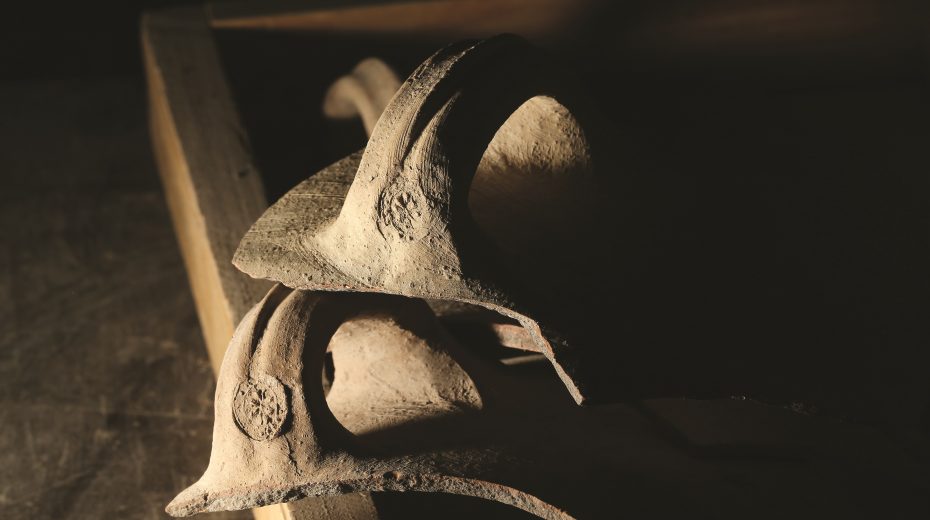In the City of David, next to the walls of the Old City of Jerusalem, archaeologists have found evidence of the destruction of Jerusalem by the Babylonians in the year 586 BC. The 2,500-year-old findings consist, among other things, of charred wood, grape seeds, pots and jars, fish scales and bones, as well as a number of unique and rare artifacts. The archaeologists from the Antiquities Authority, Ortal Chalaf and Dr. Joel Uziel, believe that these objects are indicative of the prosperity in Jerusalem at that time. In this respect, a small ivory statue of a naked woman, wearing her hair in the Egyptian style, is of particular note. The quality of the craftsmanship is evidence of the outstanding technical skill of the artists of the period.
The Antiquities Authority exhibited the findings to a gathering of reporters and gave the following explanation: “This excavation indicates that Jerusalem had expanded far beyond its walls. The ruins that we have evaluated were found outside of the city walls, and form the eastern border of the city during that period. During the Iron...
Become a Member
-
Read all member content
Get exclusive in-depth reports from Israel.
-
Get exclusive in-depth reports from Israel
Connect with Israel, right from your home.
-
Lift up the voice of truth and hope
Support Jerusalem-based Zionist journalism.

Already a member? Login here.











